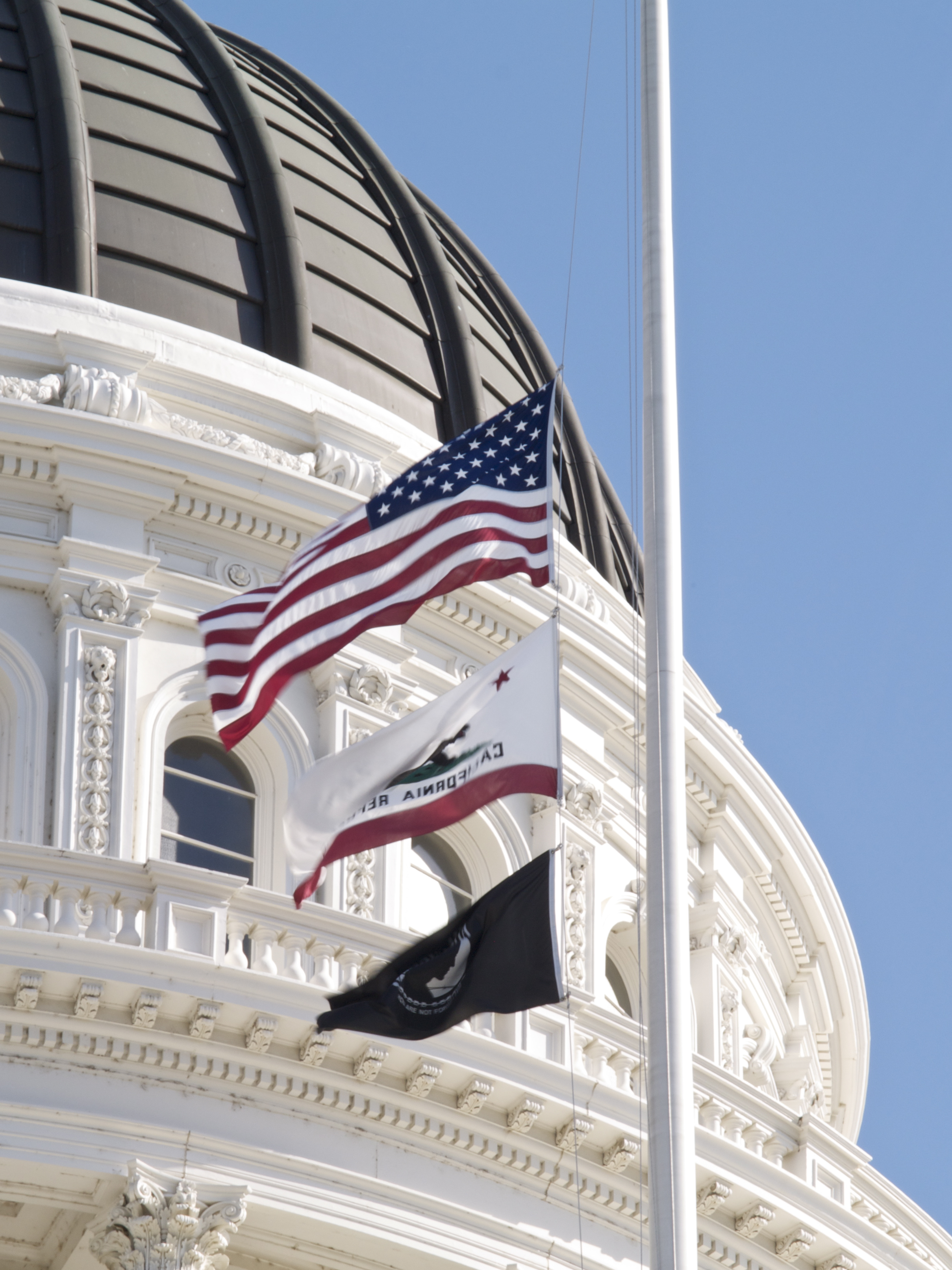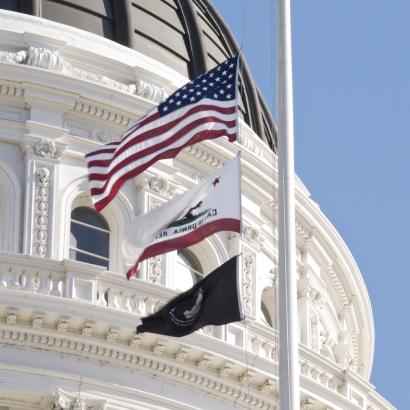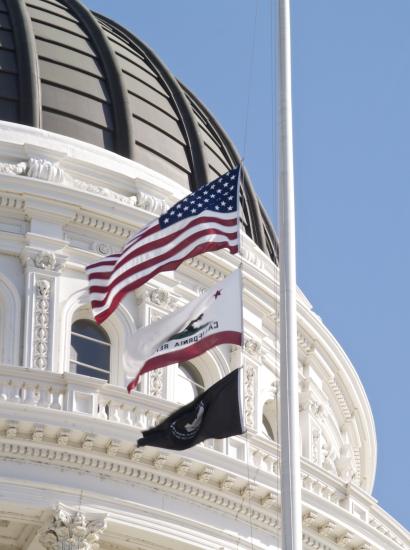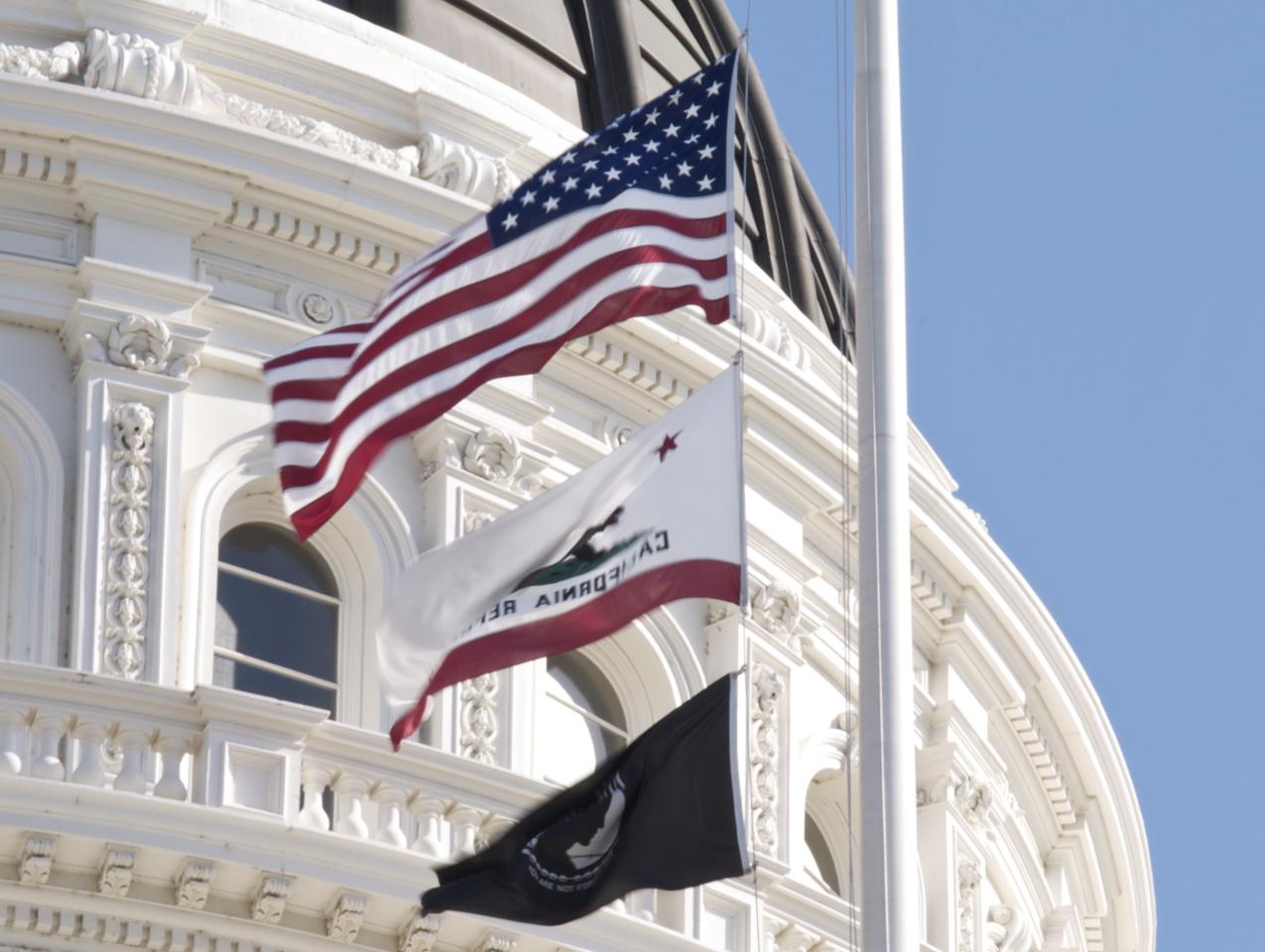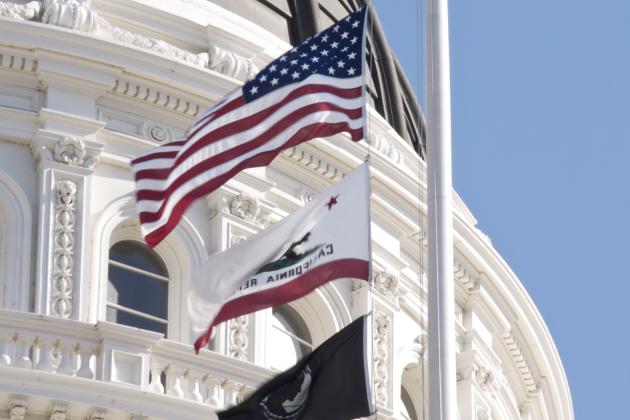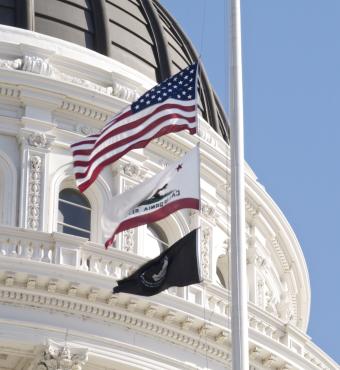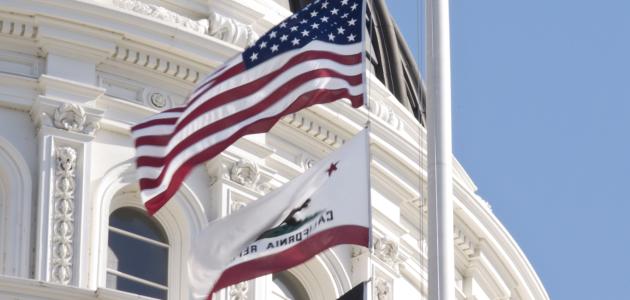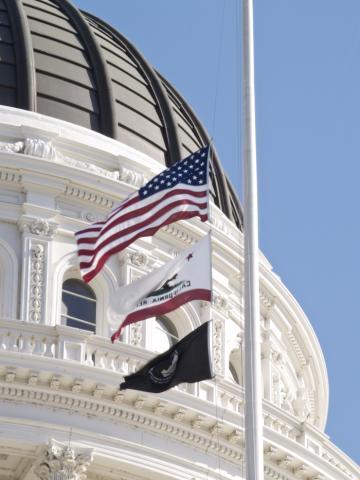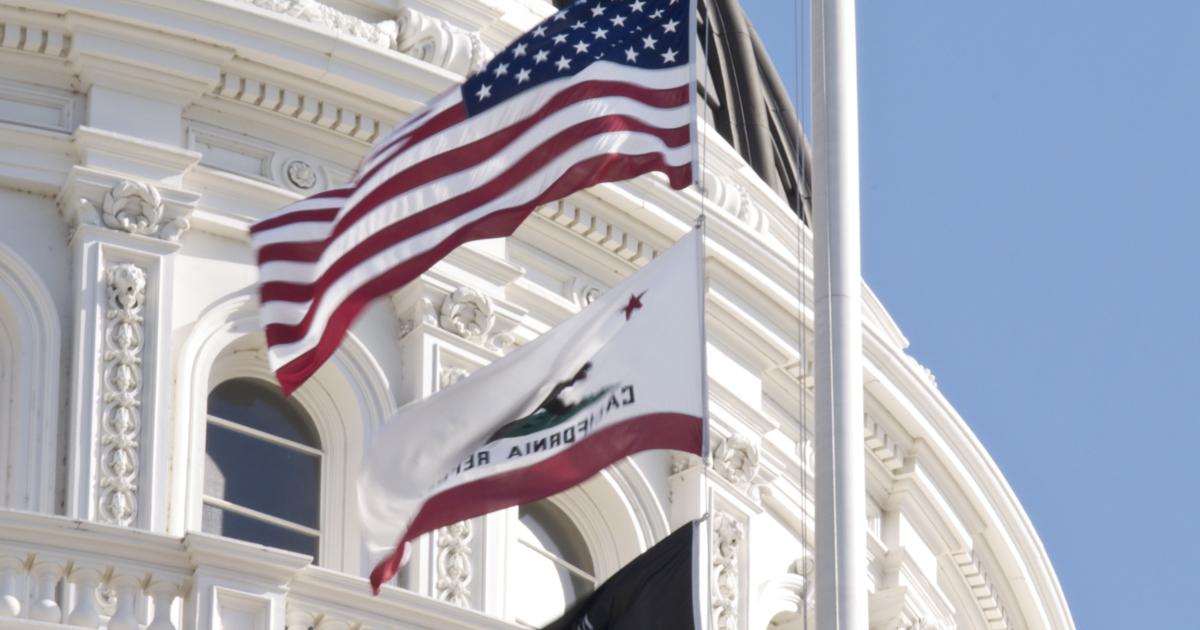- Politics, Institutions, and Public Opinion
- State & Local
- California
Election Night in California looks something like this: the polls close at 8 p.m., the presidential race is called as soon as the local news personalities dispense with the pleasantries, Democrats party into the night while Republicans turn in early.
Let’s suppose you’re a Californian of and, regardless of your political stripes, want to have a say in the national election: assuming you want to do something other than give money, opportunity awaits in nearby battleground states like Arizona and Nevada.
Ok, I’m exaggerating a little. California does have a voice in 2016, albeit not the throaty cry one would expect of a nation-state of nearly 40 million residents and 55 electoral votes.
While the solid-blue Golden State won’t tip the balance between Hillary Clinton and Donald Trump, there are a select few congressional districts that factor into the Democrats’ outside chances of retaking the U.S. House of Representatives.
Then there’s the matter of statewide ballot measures – 17 of them up for consideration on Nov. 8. While none of the measures has raised the electorate’s temperatures as did, say, past debates over illegal immigration or the definition of marriage, this year’s bloc serves for a barometer for California’s political climate. Is it a little or a lot to the left, or a back-and-forth vacillation from left to center and back with an occasional turn to the right?
If you have the patience, feel free to make sense of California’s record-long 224-page Voter Guide (available here, in 10 different languages, on the Secretary of State’s web site).
For the purposes of this discussion, we’re not going into the intricacies of, say, Proposition 60 and the merits of whether adult-film producers should require their “talent” to don condoms (back when I worked in Sacramento, the annual visit by the Freedom of Speech Coalition – i.e., porn stars and sex entrepreneurs – was one of the more colorful days under the State Capitol Dome).
However, there are a few ballot topics worthy of a closer look and a conversation, which is what we’re providing in this latest edition of Eureka.
For you review and consideration:
- Carson Bruno, Assistant Dean for Admissions and Program Relations at Pepperdine University’s School of Public Policy and former Hoover research fellow, dives into whether the ballot is the appropriate place to alter how Californians behave;
- Soon-to-be former Assemblymember Kristin Olsen discusses how voter approval of Proposition 54 will kill the Sacramento legislative culture of “you have to pass it to find out what’s in it”;
- I take a look at things plaguing California in presidential election years – too little attention, too little party competition, too many ballot initiatives – and offer a few reforms;
- And for more information about the mood of Californians in this election – how they feel about the presidential and Senate candidates, and where they stand on a select few high-profile ballot measures, Hoover research fellow Tammy Frisby explores the most recent Hoover/Lane Center Golden State Poll.
We hope you enjoy this latest installment of Eureka – and that it gets you thinking about where California stands and if we’re moving in the right direction.







